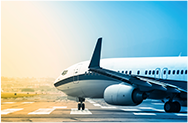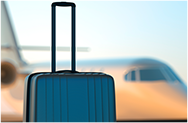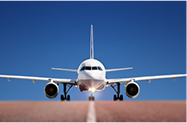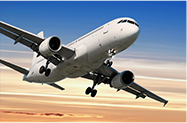Lima Warnings and Dangers
Lima is the alluring capital of Peru resting on the Pacific Ocean. But, while visiting this tourist destination, there are hidden dangers away from the beach and into the city.
Lima Warnings & Dangers – Rough Neighborhoods
There are safe neighborhoods in Lima when you travel to the suburbs. But, if you get into the city, there are dangerous situations at night and even during the day. Thieves roam the streets looking for tourists to target. If you get approached by a “friendly” stranger, be very careful. And, if the person asks you to get in a taxi to visit another part of the city, do not get in the taxi. This could be a scheme to rob you. Never be lured to unknown areas by anyone that you do not know, no matter how friendly the person appears to be.
At night, the central historic district is dangerous. It’s best to stay in the suburbs like Miraflores to spend your night there. But, you should still keep a tight eye on your belongings, as there are dangers everywhere in Lima. This is especially true with pick-pocketers, who target tourists not paying attention to their belongings. Always be aware of where your wallet, ID, and passport are if you take them with you while roaming Lima.
Lima Warnings & Dangers – Taxi Service
There are numerous road hazards in Lima. This is because traffic is a concern, there are human billboards at stop lights, and taxi drivers have a reputation for taking advantage of tourists. As with other cities in South America, it is best if you can speak Spanish to your taxi driver. If you only speak English and do not have a specific price in mind for your fare, you could pay as much as triple the standard rate. Be firm and be willing to negotiate the price, even if the driver is initially resistant.
The other danger with taxi drivers is some are involved in a theft scheme. Stay safe by hiding your valuable items and not keeping them in plain view. That way, if the driver is involved in a scheme, he cannot tip off a partner to smash the window and steal your items. Follow common sense in these situations and be aware of any strange behavior from your driver, like constantly looking in his rear-view mirror.
Other Warnings & Dangers in Lima
It’s not pleasant to think about, but you should not trust people unless they are staff members or certified tour guides. You just don’t know who is targeting tourists and who actually wants to help. So, be aware of people who make claims that sound too good to be true. This will help you stay safe in Lima and avoid dangers.
Editor’s Note: The information contained on this page was compiled using real traveler reviews about warnings and dangers in Lima.
We hand-pick everything we recommend and select items through testing and reviews. Some products are sent to us free of charge with no incentive to offer a favorable review. We offer our unbiased opinions and do not accept compensation to review products. All items are in stock and prices are accurate at the time of publication. If you buy something through our links, we may earn a commission.
Related
Top Fares From
Today's Top Travel Deals
Brought to you by ShermansTravel
France: 8-Night Paris, Avignon & Nice...
Infinity Worldwide Vacations
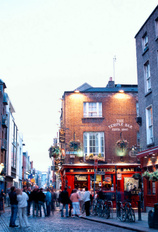 vacation
$2880+
vacation
$2880+
Poconos: 3 Nts in Garden of...
ResortsAndLodges.com
 hotel
$305+
hotel
$305+
7-Nt Canada & New England Cruise,...
Princess Cruises
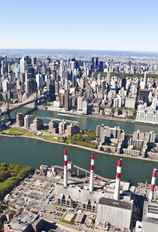 cruise
$839+
cruise
$839+
